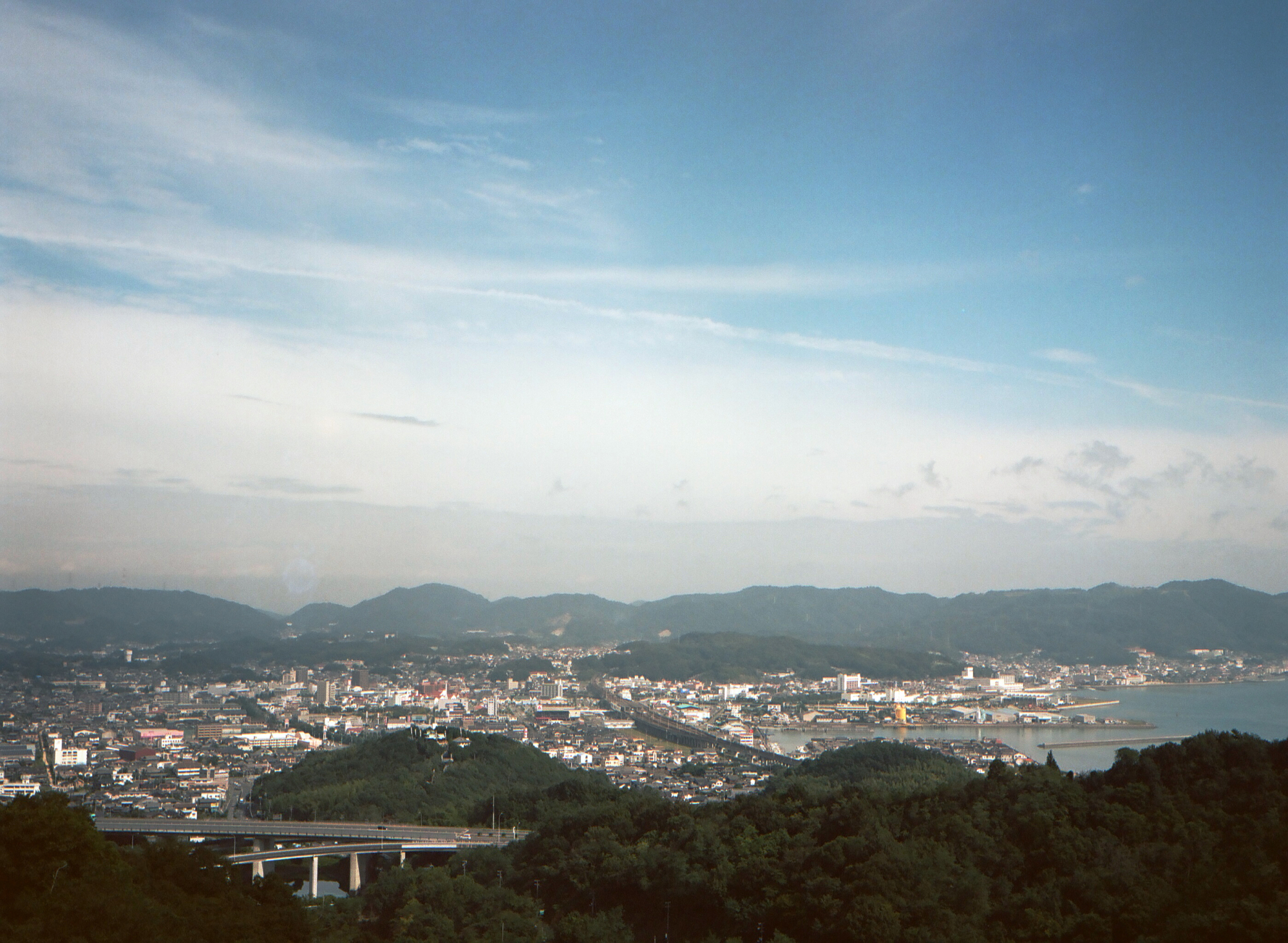Hirohiko Sunami's hands emerge from his indigo vat covered in rivulets of fermenting natural dye. The light is dim in this Kojima workshop, but a few stray sunbeams reflect off the millions of bubbles at the vat's surface as Sunami pulls a piece of cotton from the dark liquid. "Look," he says. While we watch, the color seems to change as the dye oxidizes.
Before Sunami moved here to dye denim, before this town made the nation's school uniforms, before its textile factories were built and before the land was planted with cotton seeds, Kojima was a good-for-nothing tract of soggy, salty earth on the shores of Japan's inland sea, the Setonaikai. Today, this mundane coastal town at the southern end of Okayama Prefecture, with a population of roughly 75,000, is Japan's "Holy Land of Jeans."
The first to leave Sunami's darkened dye workshop is Yasuhiro Oshima, president of the Betty Smith jeans company and son of one of the pioneers of Japanese denim. With the sound of insects in the warm air, he leads the way through a local festival to the oldest jeans factory in Kojima.


















With your current subscription plan you can comment on stories. However, before writing your first comment, please create a display name in the Profile section of your subscriber account page.